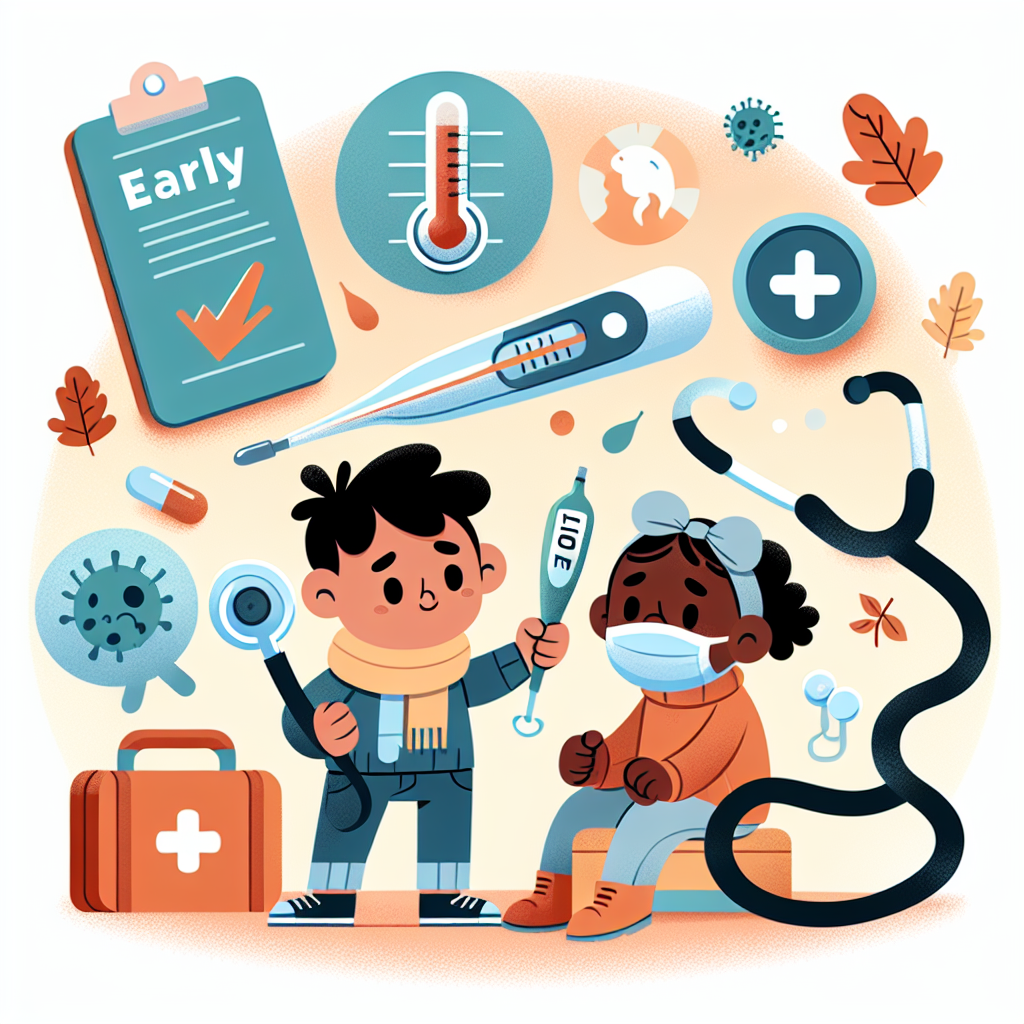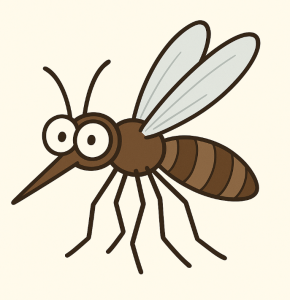
Early Flu Season Warning: Rising Pandemic in Pediatric Cases
The flu season has made an early appearance this year, and health officials are raising alarms about the increasing number of cases among children. With a noticeable surge in cases across various regions, the call to action involves vaccination and heightened preventive measures.
Why Is This Flu Season Starting Earlier?
Typically, flu season ramps up in the late fall, reaching its peak during winter months. However, data from various sources, including reports from the Centers for Disease Control and Prevention (CDC), suggest an early onset this year, similar to patterns observed in previous years when trends began early. Uncharacteristic weather changes, relaxation in COVID-19 restrictions, and low vaccination rates are potential contributing factors.
Impact on Children
Alarmingly, children appear to bear the brunt of this rising flu wave. Reports such as the one from the BBC indicate high incidences of flu-like symptoms in pediatric patients, suggesting the need for urgent attention to this vulnerable group. A drop in routine vaccination rates, as seen in data from last year, could exacerbate the situation, leading to more severe cases and potential hospitalizations.
Vaccination and Prevention: What’s the Status?
Flu vaccination remains one of the most effective ways to mitigate the spread of the virus. Despite awareness campaigns, there’s been a concerning trend of declining vaccine uptake among children. According to a report by PBS News Hour, this season’s early vigor calls for reinforced outreach and updates in public health communications.
‘A flu shot not only protects individuals but also reduces community transmission,’ states a healthcare expert on The Scientist.
- Advantages of Early Vaccination: Protection against flu complications, lowered transmission rates, and reduced burden on healthcare facilities.
- Disadvantages of Delaying: Increased risk of complications, potential overlap with other seasonal illnesses, and higher rates of absenteeism in schools.
The Bigger Picture: Global Health Implications
As the flu ramps up in various countries, the global health community watches closely. Given the interconnectedness seen during COVID-19 waves, there’s concern that unchecked flu spreads could strain health systems still recovering from pandemic-related disruptions.
Public Health Response and Strategy
Authorities advocate for robust public health responses, emphasizing the need for vaccination, public education, and the utilization of available influenza surveillance data to forecast trends accurately. The U.S. CDC’s guidance underscores enhanced surveillance and reporting.
Moreover, health experts from institutions such as Johns Hopkins express the necessity to address pediatric vulnerabilities, especially in light of rising respiratory syncytial virus (RSV) and flu co-infections. This heightens the need for integrated healthcare strategies.
Conclusion
The early surge in flu cases, notably among children, serves as a clarion call for action regarding vaccinations and public health measures. Proactive measures not only ensure individual safety but are imperative for community health resilience.
As the northern hemisphere braces for the heart of flu season, education, prevention, and surveillance remain the cornerstones of addressing this renewed threat.



